Growing these indoor plants for Asthma patients can help you breathe cleaner air that’s free from common household pollutants!
Sure, we all remember learning in school about how plants absorb carbon dioxide and release oxygen. But did you know that certain indoor plants can actually enhance your lung function as well? Sometimes, indoor air can be even more polluted than outdoor air, filled with various toxins, allergens, and volatile organic compounds emitted from household matters. So, getting a few of them in your home can improve the air quality, benefitting those who suffer from Asthma and other respiratory problems.
Best Indoor Plants For Asthma Patients
1. Peace lily
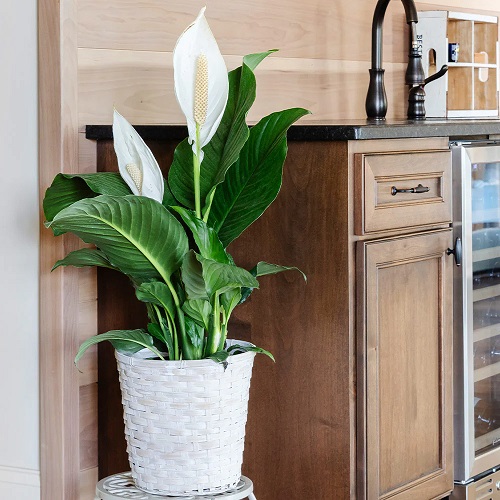
Botanical Name: Spathiphyllum spp.
Starting off with one plant that NASA has deemed to be one of the best air-purifying plants, the peace lily can help improve air quality in your home by up to 60%. This plant excels at soaking up volatile organic compounds like benzene, formaldehyde, and trichloroethylene, which are often found in high concentrations in modern homes due to cleaning products and synthetic materials.
These compounds can trigger asthma attacks, making the peace lily particularly beneficial for those with respiratory issues. Additionally, peace lilies often increase the humidity levels in homes, providing relief by soothing the airways of asthma sufferers.
2. Spider Plant
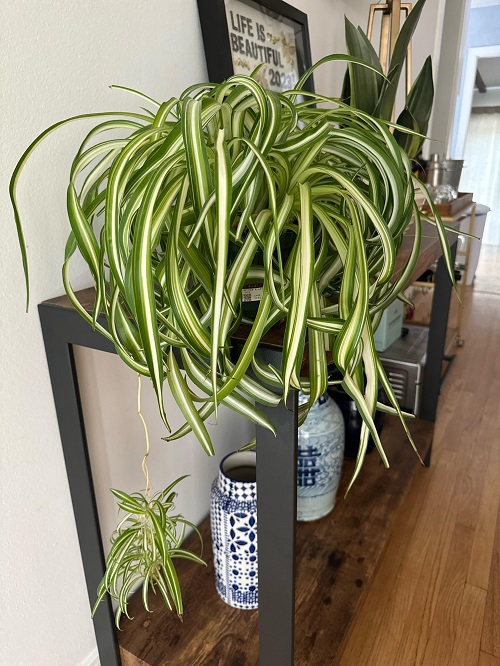
Botanical Name: Chlorophytum comosum
No list of the best indoor plants would be complete without the spider plant due to its versatility and ease of multiplication. But there’s more to this plant than meets the eye, especially if you or someone in your home has asthma.
According to a NASA study on indoor air quality, spider plants are among the top performers. However, to achieve practical results, ensure you grow plenty of them around your house.
3. Snake Plant
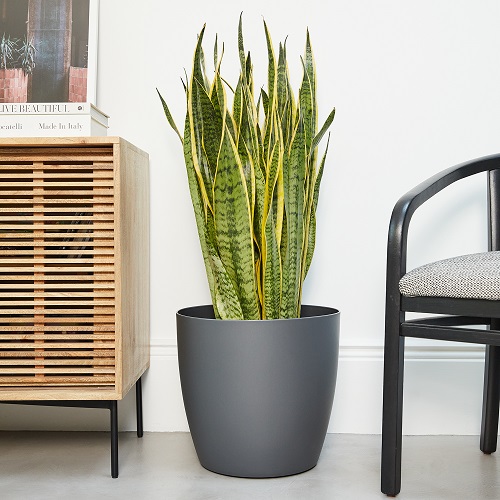
Botanical Name: Sansevieria trifasciata
Snake plants stand out because they continue to perform photosynthesis throughout the night. Unlike most plants, they absorb carbon dioxide and release oxygen after the sun goes down, significantly improving the air quality in your bedroom while you sleep. This feature is particularly beneficial for people with asthma, as it ensures a continuous supply of fresh air.
Additionally, Snake Plants are effective at filtering out harmful toxins such as benzene, formaldehyde, trichloroethylene, xylene, and toluene from the environment, helping to clear the air of asthma triggers.
4. Dracaena
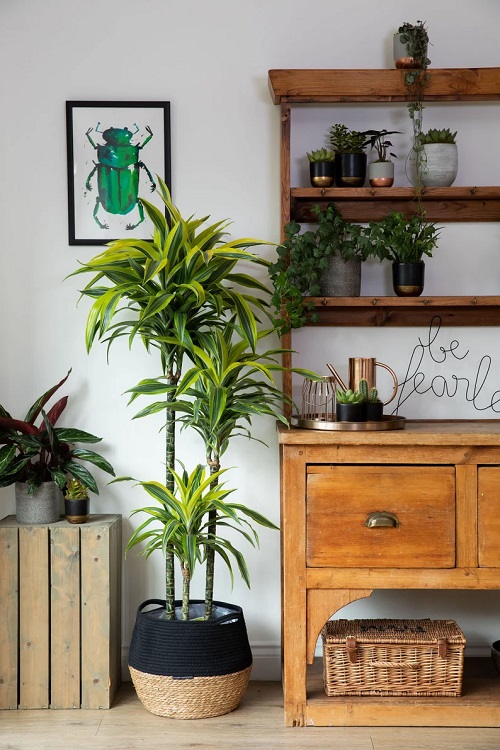
Botanical Name: Dracaena spp.
Dracaena plants are champions at purifying the air. They have been shown to effectively reduce levels of common indoor pollutants often found in varnishes, paints, and gasoline. These chemicals can exacerbate respiratory conditions, making this plant an excellent choice for homes with poor ventilation.
5. Aloe Vera

Botanical Name: Aloe vera
Not only do its leaves contain a fluid with antibacterial, wound-healing, and anti-inflammatory properties, but they are also great at purifying the air around you, making it one of the best indoor plants for asthma patients. Like others on this list, aloe vera filters your indoor air of benzene and formaldehyde, thus improving your overall respiratory health.
Aloe vera also releases oxygen at night, which improves asthma symptoms, particularly during sleep, when symptoms can exacerbate.
6. Areca Palm

Botanical Name: Dypsis lutescens
The palm is a powerhouse when it comes to improving indoor air quality. It naturally humidifies the air by releasing moisture, which can benefit people with asthma as it helps moisten the airways and reduce dust particles. This feature of the Areca Palm creates a healthier breathing environment and can alleviate symptoms related to dry air and respiratory disorders.
7. Golden Pothos
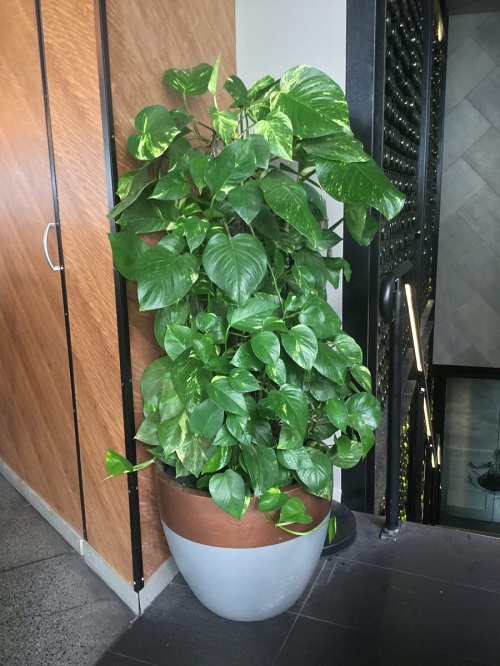
Botanical Name: Epipremnum aureum
Golden Pothos can be a great indoor addition for its lush foliage and hardy nature. But did you know its proven ability to remove various indoor air pollutants? So, if you want cleaner air that has the right humidity levels to help reduce asthma symptoms and thus improve your overall respiratory health, Golden Pothos is the best option for you!
8. English Ivy

Botanical Name: Dypsis lutescens
A fantastic indoor plant that looks exceptionally cool in hanging containers, the English ivy is one of the best air-filtering houseplants out there. Not just that, English ivy also has the ability to prevent airborne mold and other allergens in your home besides filtering out your indoor air of various other airborne toxins. This ultimately reduces asthma triggers and, thus, symptoms as well, leading to better lung function.
9. Rubber Tree
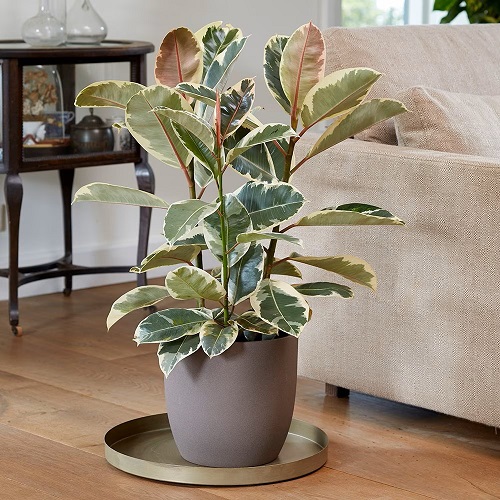
Botanical Name: Ficus elastica
This species is a stunning houseplant available in various colors and sizes. It makes for a unique indoor plant, but it is not without some amazing benefits! The rubber tree acts as a great air purifier since it can remove formaldehyde, an all-too-common toxin and volatile gas that can irritate your nose, eyes, and throat badly if you are asthmatic or have allergies.
10. Dragon Tree
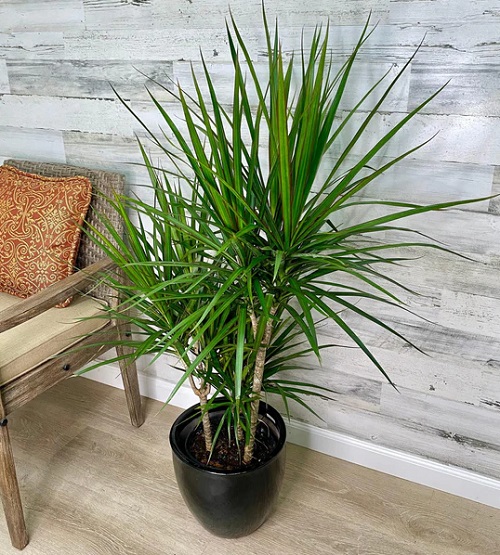
Botanical Name: Marginata
While many of the popular indoor plants are great for cleaning the air, adding a rather unique plant never hurts! Its sleek leaves make a stylish presence on any tabletop, and it’s also pretty functional for its ability to remove common toxins and pollutants from the environment.
However, if its aesthetics have your heart more than its functionality, here are some dragon tree dupes you can try growing!
11. Bamboo Palm
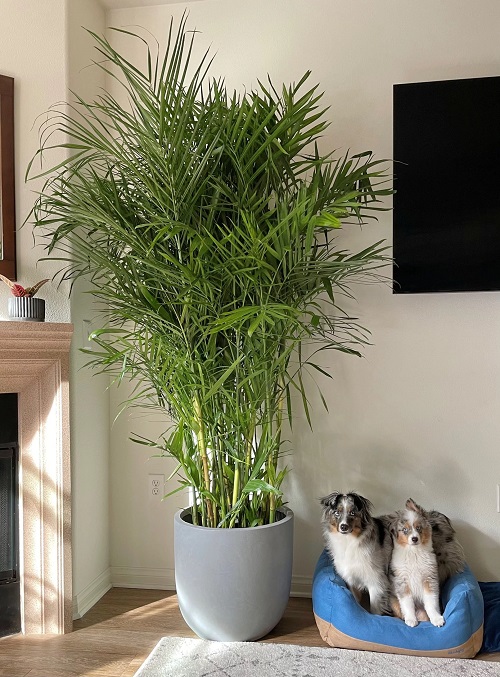
Botanical Name: Chamaedorea seifrizii
Last but not least, the Bamboo Palm is a wonderful addition to indoor spaces—all thanks to its lush foliage and potent air-purifying benefits. Since it removes harmful pollutants and particulate matter from your indoor air, it helps greatly reduce the common triggers for asthma symptoms.






